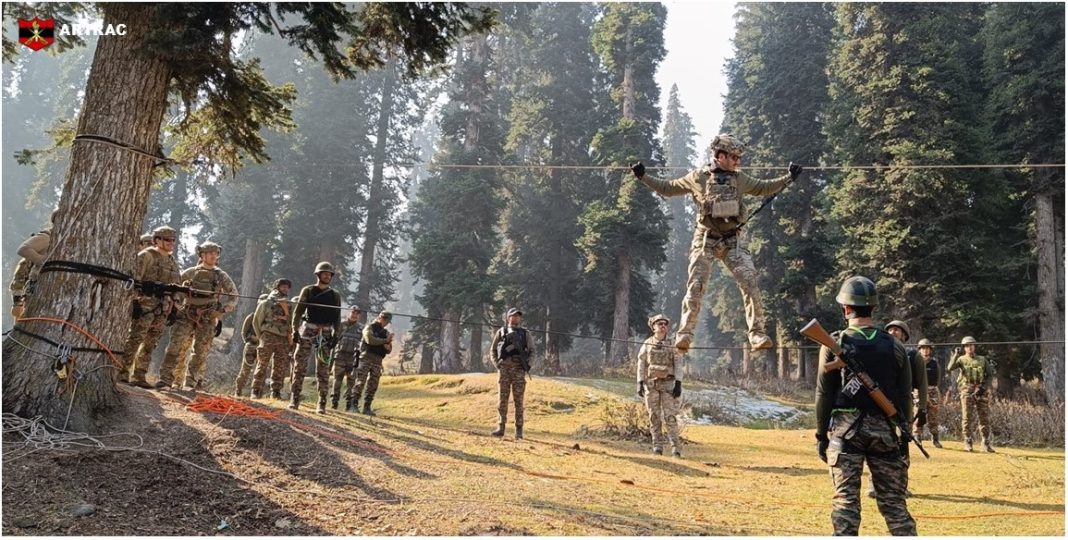A recent visit by a delegation from the US Army to the Indian Army’s High Altitude Warfare School (HAWS) in Sonamarg, Jammu and Kashmir, has brought attention to the increasing focus both nations are placing on operations in arctic conditions, particularly in light of the evolving geopolitical landscape.
High altitude operations have been a critical component of the Indian Army’s strategy since the nation’s independence, largely due to its strategic positioning along the Himalayan frontier against Pakistan and China. This focus intensified following the 2020 stand-off with China along the Line of Actual Control (LAC). In recent years, the Indian military has significantly ramped up its preparations for sustained deployments at “super high altitude,” a shift that reflects a commitment to maintaining permanent military presence in regions previously less populated by troops. This approach encompasses a wide range of initiatives including specialized training, human physiology studies, the development of new equipment, and the construction of necessary infrastructure and logistics support.
Correspondingly, US military reports indicate a strategic pivot from over two decades of military operations in the Middle East and Afghanistan towards arctic readiness. The impetus for this transition includes rising concerns regarding the expanding influence and cooperation between Russia and China in the Arctic, particularly their ambitions to enhance access to trade routes and natural resources in this increasingly consequential region.
Earlier this year, a US Army website announced a new cold-weather combat strategy, its first revamp in half a century. The site emphasized that as climate change continues to alter the Arctic landscape, the region will become more accessible and strategically significant in the coming decades, necessitating adequate preparedness for military operations in such environments.
During the delegation’s visit to HAWS, members of the US Army engaged with their Indian counterparts to discuss training methodologies, tactical operations, and potential future collaborations in high altitude warfare. The discussions also encompassed practical field activities, underscoring the collaborative spirit of both nations.
Established in December 1948, HAWS is a specialized institution training personnel in snowcraft and winter warfare. It offers two primary courses: the Mountain Warfare Course and the Winter Warfare Course, targeting skills necessary for operations in challenging high-altitude, snow-covered terrains. Indian troops stationed at the demanding posts of Siachen Glacier and other high-altitude locations are required to complete these courses. Importantly, HAWS also allows members from allied nations—including the US, UK, and Germany—to receive specialized training, which highlights its international standing in this domain. Additionally, the school conducts training in winter sports such as skiing and snowboarding, further extending its offerings.
On the American side, the US Army’s Army Mountain Warfare School (AMWS), located at Camp Ethan Allen Training Site in Vermont’s mountainous region, mirrors HAWS in purpose and function. The AMWS provides both basic and advanced courses tailored for mountain warfare and cold weather operations, reflecting a systematic approach to readiness for challenging conditions.
The 11th Airborne Division, based in Alaska—where a mere four kilometers separate the United States from Russia—represents a key element within the US Army focused on arctic operations. This division, originally operational from 1943 to 1958, was reactivated in 2022 to enhance US military capabilities in cold weather environments, reinforcing the commitment of the US Army to adapt and prepare for the realities of modern warfare that extends into the arctic region.
The discussions and collaborations between the US Army and Indian Army at HAWS signal not only a strategic partnership but also a shared recognition of the significance of high-altitude and arctic operations in contemporary military strategy.









